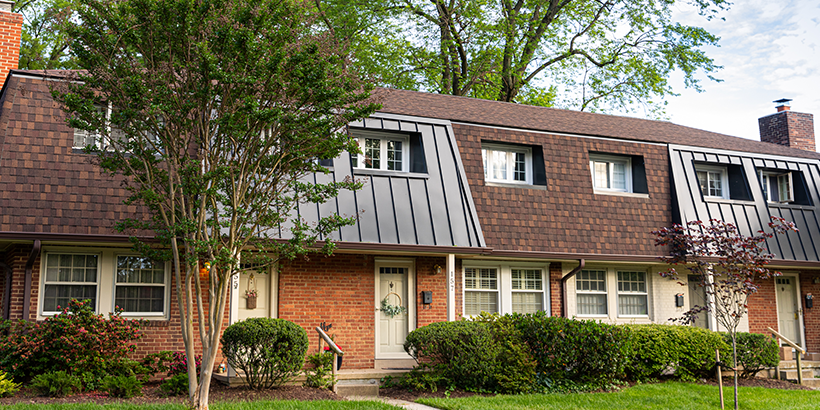Homeownership comes with risks that are sometimes out of your control. Taking out an insurance policy on your home helps protect you, your family and your investment.

A home insurance policy provides a layer of protection against unexpected damage to your property. For example, if your home is damaged by a fire or windstorm, your insurance company will provide you with funds to repair damaged property back to the condition it was in prior to the incident.
Coverage can vary greatly depending on the company and plan you choose.
What Does Home Insurance Cover?
Most policies cover four essential areas, according to the Insurance Information Institute:
- Damage to your home that requires repairs or rebuilding. This will often also include coverage for damage to other structures on your property, such as sheds or garages, generally at 10% of the cost of insuring the primary structure on your property.
- Theft or damage of personal items within your home. This can include furniture, clothing, jewelry and other valuables.
- Personal liability protection from potential lawsuits or medical bills resulting from injury on your property, or damage to the property of others caused by you or your family. For example, it can provide coverage if a tree from your property falls on a neighbor’s car, or even if your kids accidentally damage furniture in a neighbor’s home.
- Additional living expenses if you are unable to live in your home due to damage from a covered disaster, such as your house sustaining structural damage from a bad storm. This can include costs for hotels, meals and other expenses.
Many insurance policies are based on perils, which refers to an event that causes damage to your home and results in financial loss. Depending on your insurance plan, your home may only be covered for damage caused by named perils, which are risks specifically listed in your policy. Commonly covered named perils include damage caused by fire, extreme weather (e.g. wind, rain, snow or ice), vandalism and theft, vehicles and falling objects.
It is important to review your policy carefully and make sure you understand exactly what is or is not covered. This will allow you to make a more informed decision about whether additional coverages are right for your situation.
What If I Need More Coverage?
On top of these standard areas of coverage, insurance carriers offer other coverages, referred to as endorsements, often for an additional premium, or monthly cost. This can include items such as:
- Sewer backup, which covers any needed repairs of damage caused by your plumbing system backing up.
- Sump pump failure, which covers water damage caused by a sump pump failure.
- Animal liability, which is recommended for all pet owners.
If a certain peril is not covered by your policy, you may be able to add an endorsement to your policy for a fee.
Do I Need Natural Disaster Insurance?
Home insurance policies cover damage from weather events, but there are certain natural disasters that may require additional coverage. Home insurance typically:
- Covers fire damage from wildfires or fallen trees damaging your home.
- Does not cover wind damage in high-risk hurricane areas or damage from flooding — including storm surge flooding from hurricanes.
Separate policies for specific uninsured perils are available through various private insurers, as well as federal government programs. Some states may offer specialty coverage, as well. For instance, California offers earthquake insurance for residents.
How Much Does Home Insurance Cost?
Home insurance premiums depend on factors including where you live, what type of home you live in, the age and condition of your home, your plan’s deductible, and your insurance loss history.
The average cost of home insurance in the United States is $1,915 annually, or $160 per month, according to a survey from NerdWallet. This may also vary depending on any additional coverages needed.
In addition to your premium, you should factor in the cost of your deductible. This is the amount you will have to pay out of pocket if you need to make a claim. Deductible amounts will vary based on your level of coverage.
Last reviewed: July 10, 2025
My Home in your inbox
Sign up to receive resources, tools and tips about buying, owning, refinancing, selling and renting a home in your inbox.